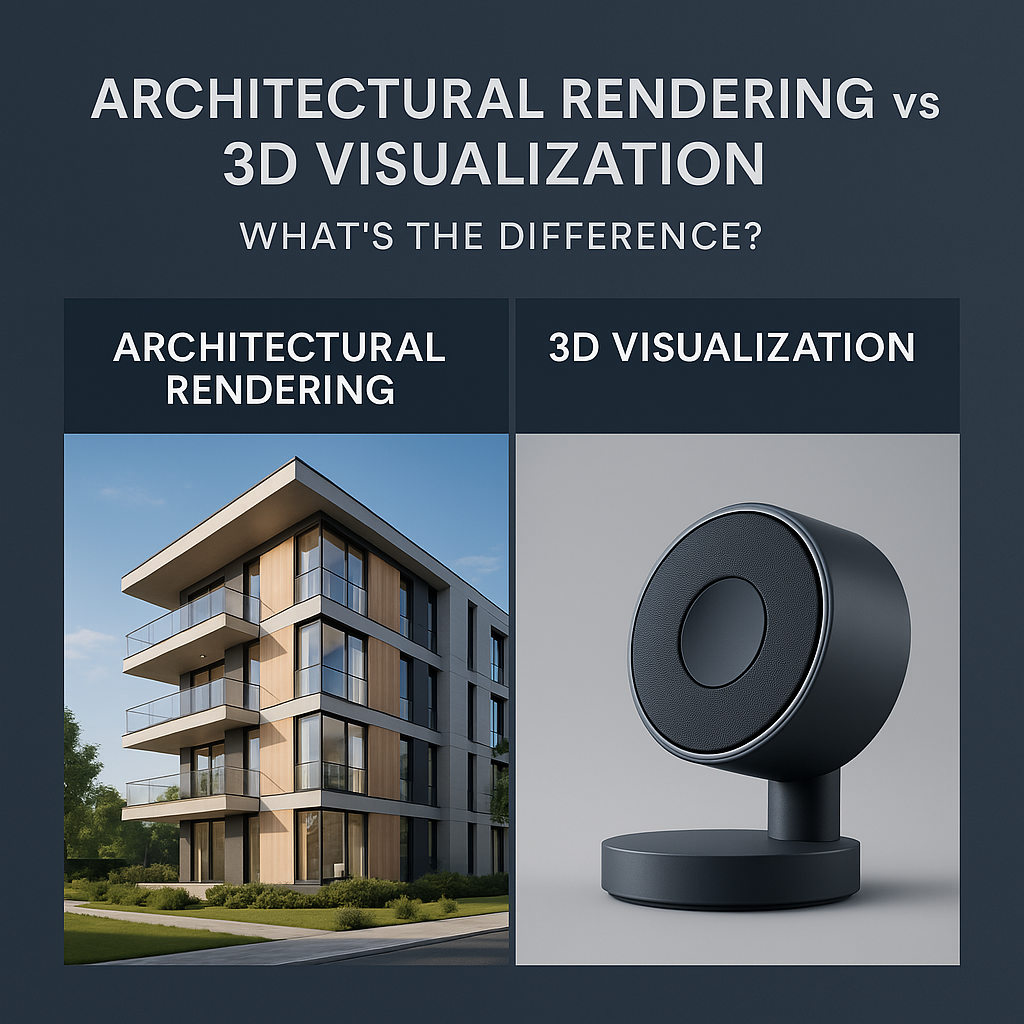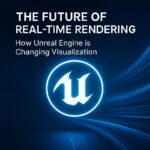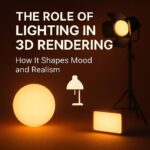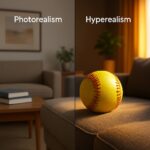In the world of digital design, the terms “3D visualization” and “architectural rendering” are often used interchangeably. However, while they share similarities, they serve different purposes and cater to different needs. Understanding the distinction can help businesses, developers, and designers choose the right service for their projects.
What Is 3D Visualization?
3D visualization is a broad term that refers to the process of creating graphical content using 3D software. It includes the modeling, texturing, lighting, and rendering of any object or environment to produce lifelike images or animations.
Common Uses of 3D Visualization
- Product design and marketing
- Interior and exterior visualizations
- Industrial simulations
- Gaming and entertainment assets
- Virtual reality (VR) and augmented reality (AR) content
3D visualization is not limited to architecture—it’s used across various industries to bring ideas, prototypes, or concepts to life.
What Is Architectural Rendering?
Architectural rendering is a specific type of 3D visualization that focuses solely on buildings, interiors, and architectural environments. It’s often used by:
- Architects
- Real estate developers
- Interior designers
- Construction companies
Its main goal is to communicate design intent—how a building or space will look, feel, and function before it’s built.
Types of Architectural Renderings
- Exterior renderings: Showcase the outside of buildings with realistic lighting and surroundings
- Interior renderings: Visualize furniture, materials, and interior layouts
- Aerial views: Useful for showcasing developments in context
- Animations and walkthroughs: For immersive presentations and investor pitches
Real-World Example
Imagine a real estate company building a new residential complex.
- They use architectural rendering to showcase the building’s exterior, landscape design, and apartment layouts.
- Then, they apply 3D visualization to highlight interior products—like custom furniture or appliances—within those spaces.
Combining both allows for a more complete, engaging presentation.
Conclusion
While architectural rendering is a specialized branch of 3D visualization, both tools offer powerful ways to communicate design ideas. Understanding the difference helps ensure your project is approached with the right strategy—and the best visual outcome.
At 3DFusion, we offer both architectural rendering and full-spectrum 3D visualization services. Whether you’re a developer, architect, or business owner, we bring your vision to life with stunning clarity.





